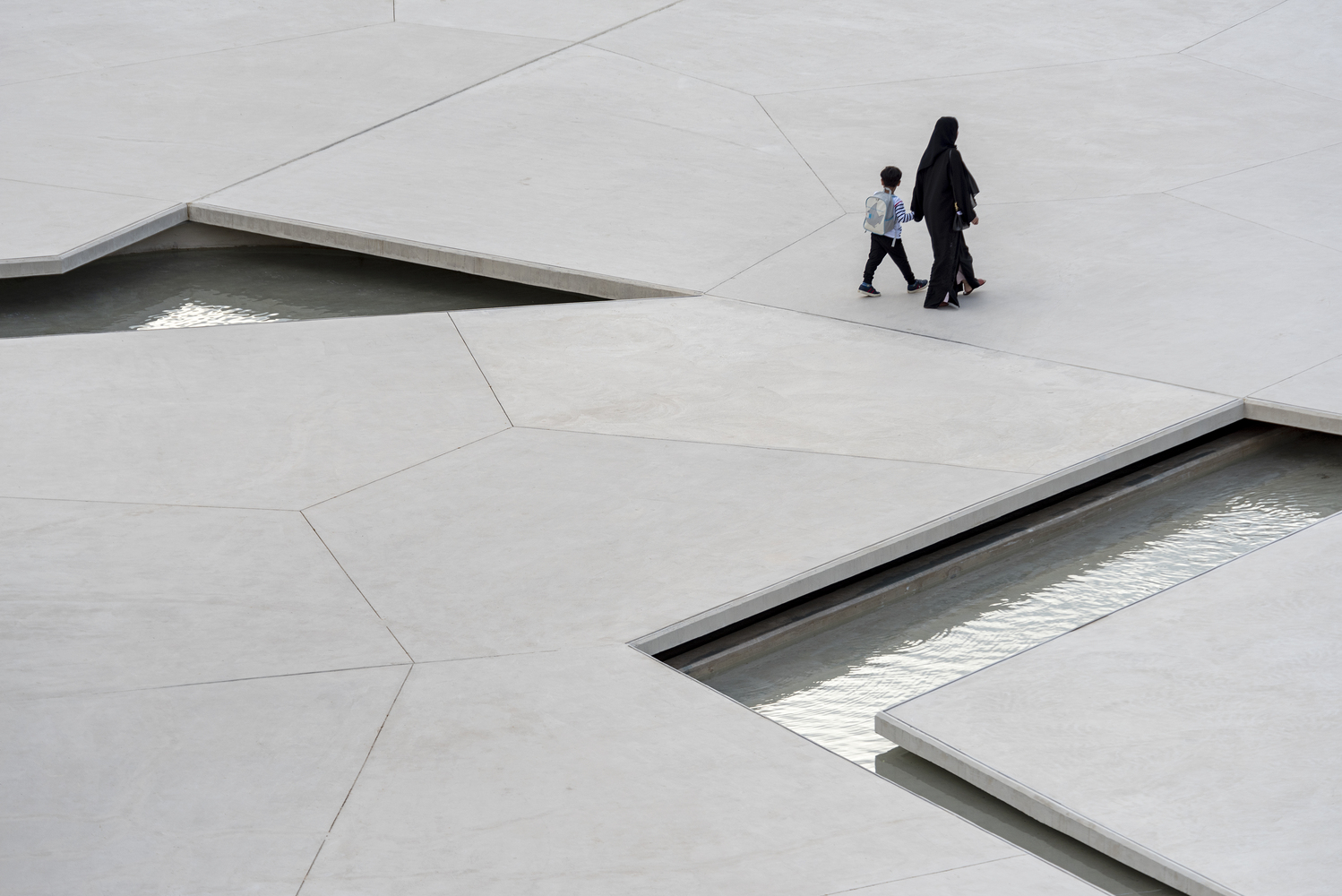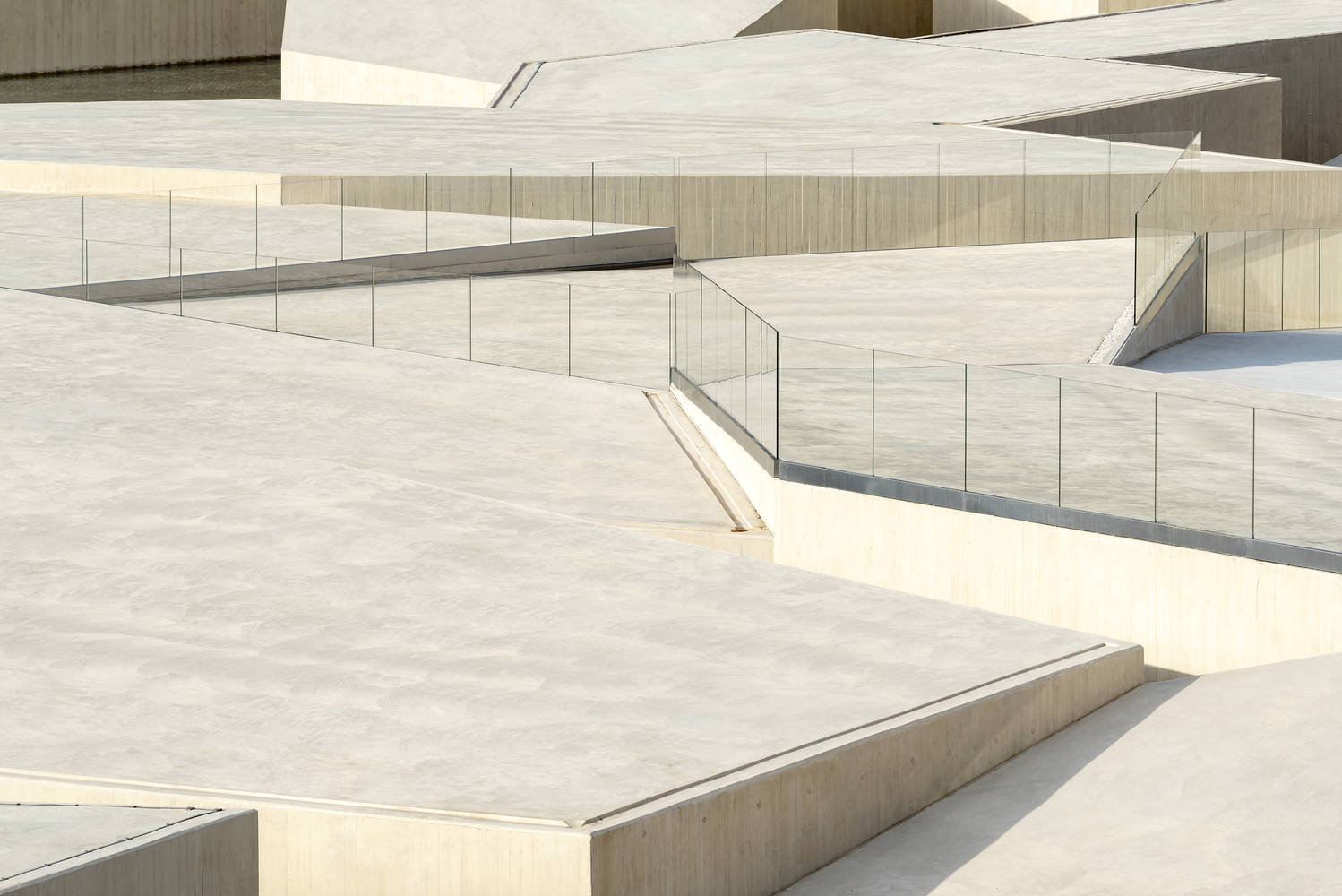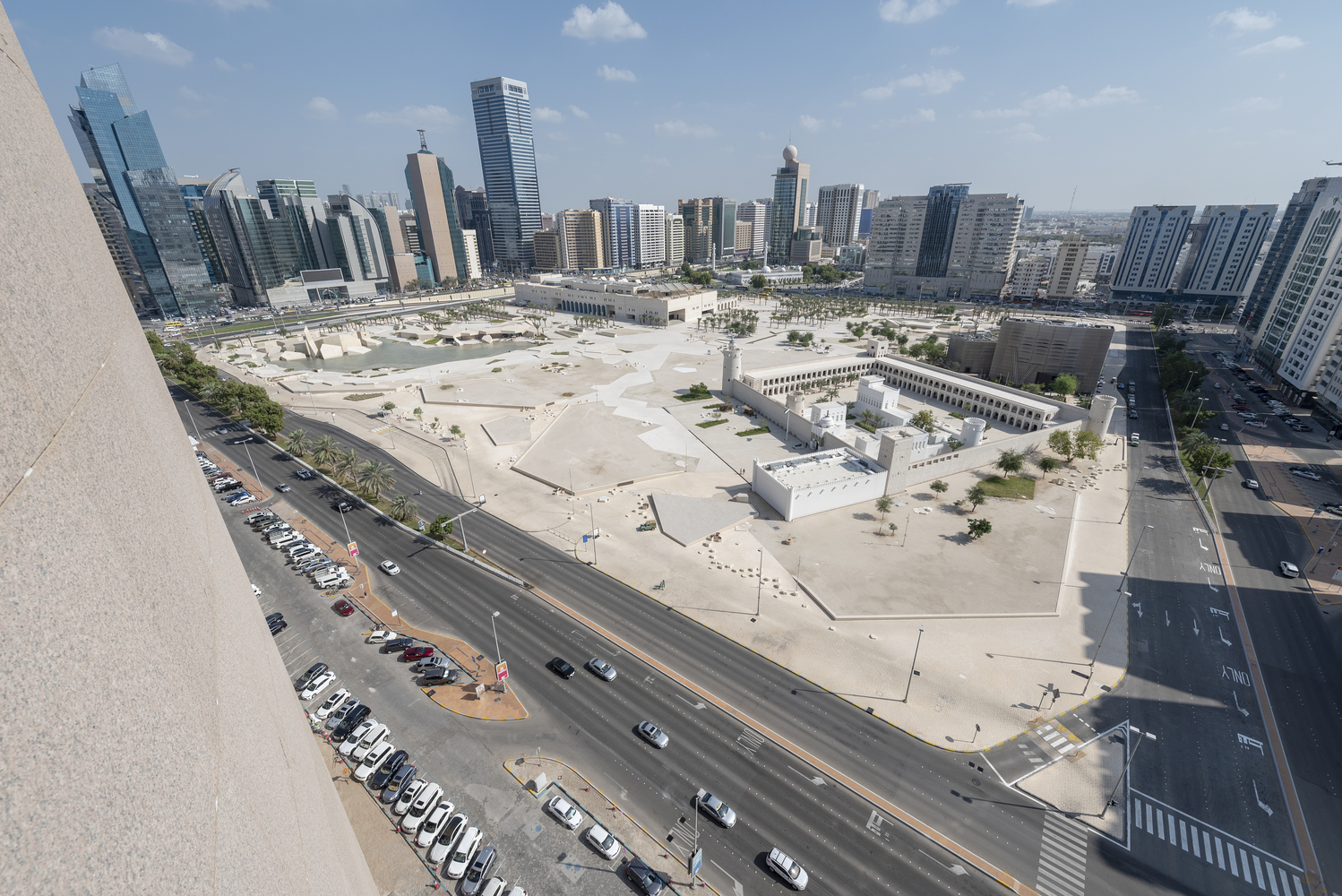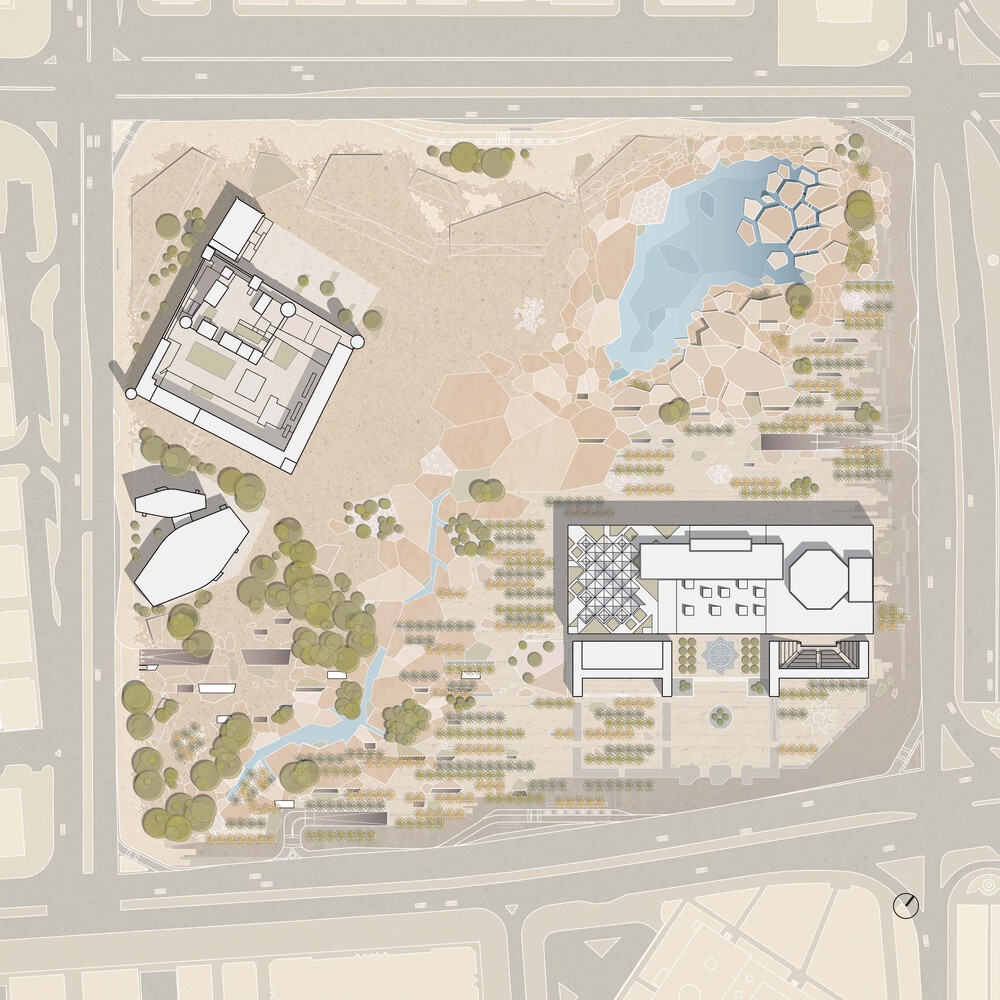
 |
 |
 |
 |
CEBRA-Al Hosn Masterplan and Landscape
세브라
In 2016 the Danish architecture and design practice CEBRA was commissioned by the Department of Culture and Tourism Abu Dhabi to reinstate the Qasr al Hosn Fort as Abu Dhabi’s cultural heart. The Qasr Al Hosn is the city’s oldest and most important building. Originally built in 1760 as a watchtower to protect the only freshwater well on Abu Dhabi Island and later extended into a palace, it literally constitutes the birthplace of the modern metropolis.
The aim of the transformation masterplan has been to reinstate the fort as the cultural heart of the city with a new 140.000 sqm cultural park-scape and to conserve both the site surrounding the fort and the city’s Cultural Foundation - a 1980’s listed cultural centre of Bauhaus origins – which also sits on the site. Introducing a new type of locally rooted urban landscape the project combines modernity alongside the Emirate’s maritime and desert heritage in a coherent narrative that communicates between the site’s two contrasting buildings.












덴마크 건축가 집단 CEBRA는 2016년 아부다비 문화관광부로 부터 Qasr al Hosn Fort를 아부다비의 문화중심지로 복원하는 것을 의뢰받았습니다. Qasr al Hosn Fort는 도시에서 가장 중요하면서도 오래된 건물 중 하나 입니다. 원래는 1760년 아부다비 섬의 유일한 담수 우물을 보호하기 위한 망루로 지어졌다가 나중에 궁전으로 확장된 장소로, 현대의 대도시가 만들어지는 발상지로 일컫어 집니다.
Today the site is transformed into a vivid public park, which enhances the two historic buildings as important landmarks in the city. Simultaneously, the project adds several new functions to the Al Hosn site making it an asset to the entire city of Abu Dhabi – restaurants, facilities for cultural activities, a breath-taking prayer hall, and an impressive open landscape with water features and shady pocket spaces for relaxation in the Middle Eastern sun.
Reintroducing the Coastal Desert Landscape. The project emphasizes its own duality by dividing the site diagonally into two contrasting landscapes. A plain and open desert-like landscape around the Qasr Al Hosn Fort reinstates the building as a free-standing landmark on the sand like it was before the modern city rapidly sprung up. Opposite, a paved and programmed area with intensified planting surrounds the Cultural Foundation Building, thus combining the desert landscape with the modern city grid structure.
The two landscapes are connected by a public urban space emerging from formations of ”cracks” and irregular geometric shapes. The central landscape area is defined through an organic pattern known as a ‘Voronoi’. The design articulates an architectural interpretation of Abu Dhabi Island’s coastal landscape of sandbars, mangroves, and the salt flats’ distinctive cracked patterns, drawing connections between the centre of today’s metropolis and the natural setting from which it emerged.
Both Landscape and Buildings. The geometries of the urban landscape intentionally land somewhere between building and landscape, with the tone of the concrete matching the colour of the natural sand. Along the transitional zone, the landscape changes from horizontal planes to slanting surfaces that gradually grow into actual buildings for food and beverage facilities, ancillary functions, and culminating with a Musallah prayer hall at the north-eastern corner of the site.
All components - from sitting bollards, surface patterns, lighting concept, and building volumes to the interior’s floor plans, doorways, and furnishings - are subtly integrated into the overall urban landscape topography and merge with the park to be experienced as natural landscape elements. Thus, the landscape emphasises the Fort and the Cultural Foundation as the main visual anchors.
from archdaily